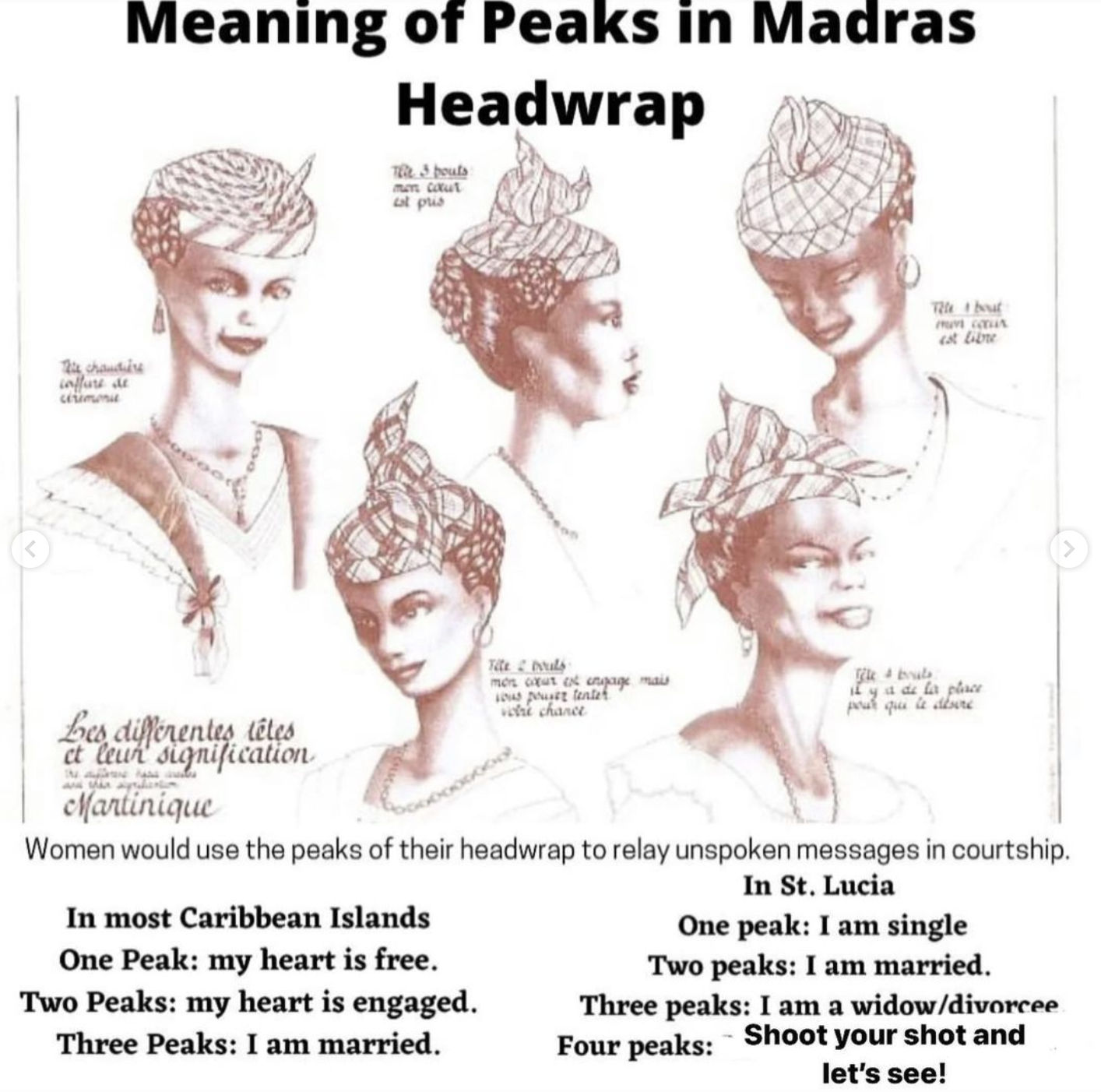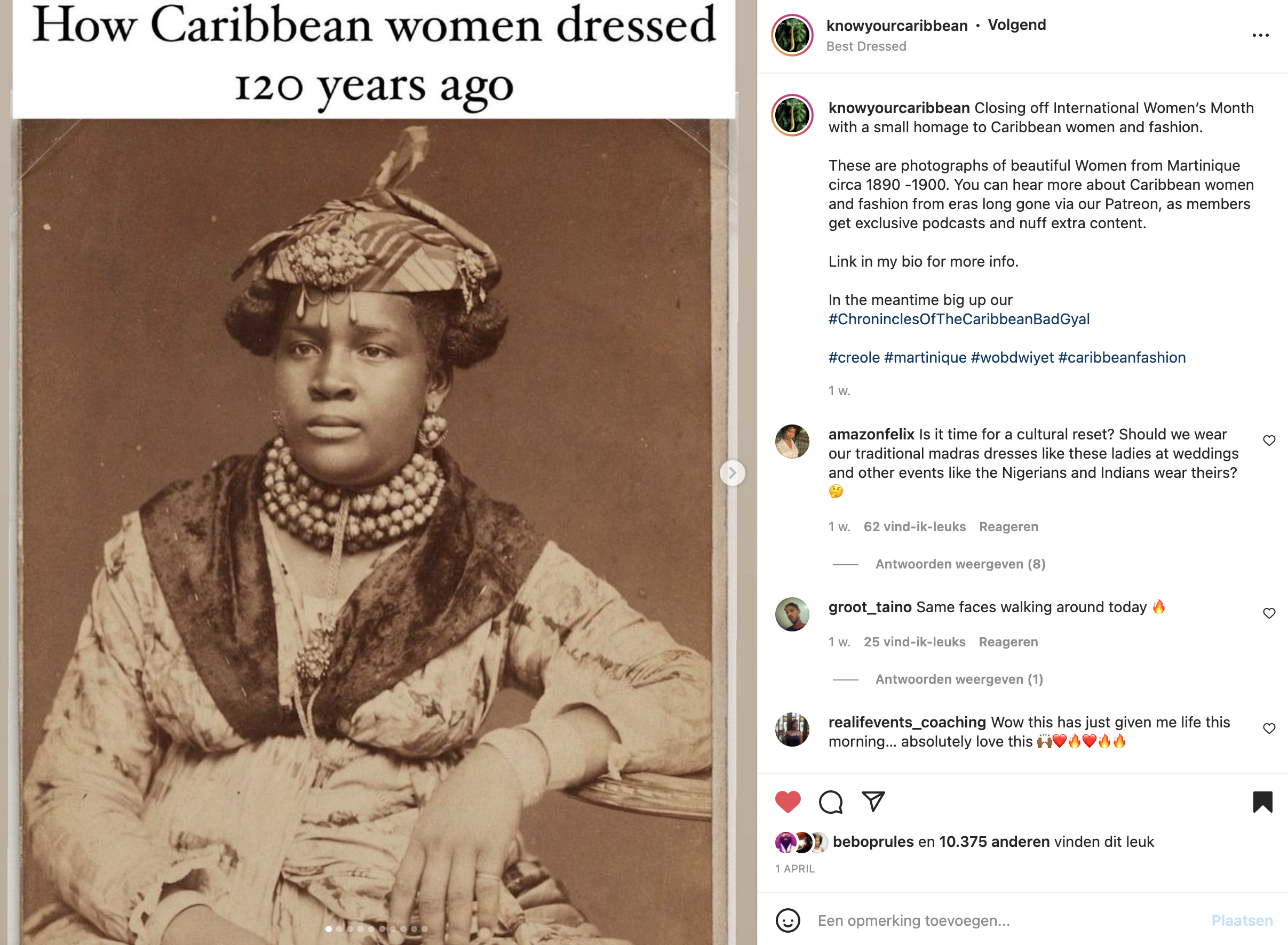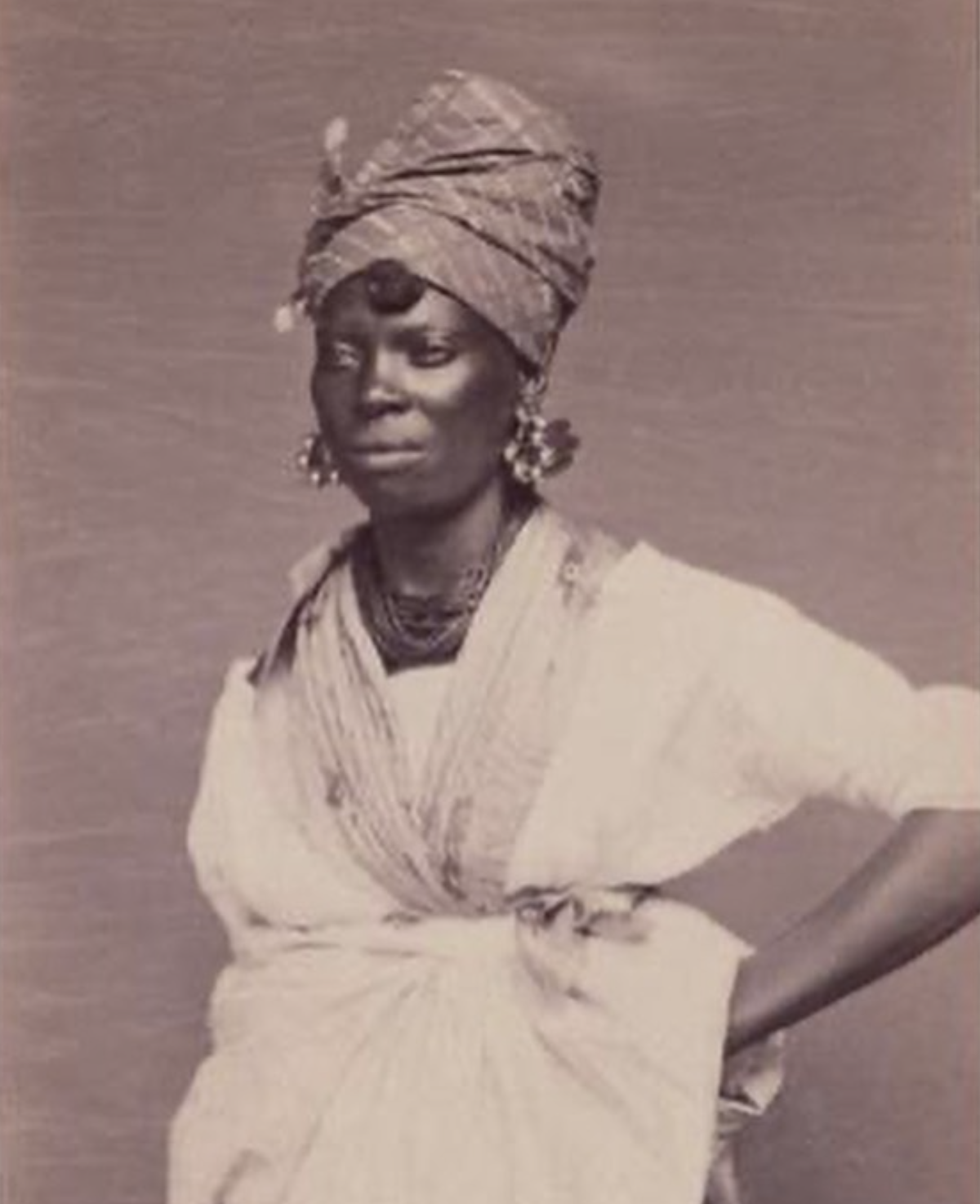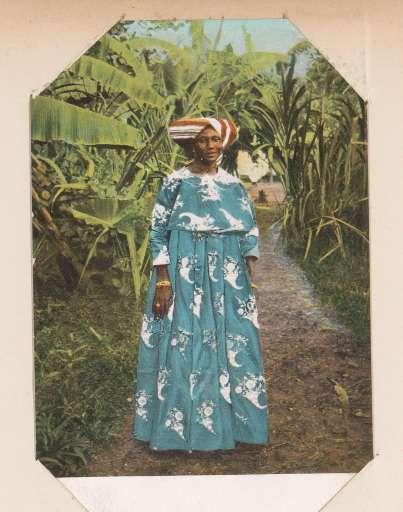Reflection
Here, I start my writing process. The initial ideas I have for this subject are based on my feelings toward headwear.
Headwear to me feels like a very sensitive subject that you have to describe, analyse and understand well enough to write about. Because I really want to invest in writing, I feel like I can only do this from my own experiences.
Analysis
Week 1
For the try-out magazine, we had to write an article. I kept it close to home. I started writing about my own experience when it comes to headwear.
Analysing back on it, I feel like it comes from a traumatic place. I do think, it could be very interesting as a starting point. My goal for the upcoming classes is to continue writing.
THE CITY is a love letter to New York, the most diverse and vibrant of cities, and a constant source of inspiration.
A love letter to New York
Some space
Some space from all the toxic air
Some space for the fresh wind to flow through my tule dress
It has been very cold in the shadows of these skyscrapers
And it felt a bit cramped too
That is why I need some space
I met this guy in this office building
He told me he also needed some space
And wanted to cherish that moment
Even though we have been both blessed to live in this diverse and vibrant city
A constant inspiration
Reflection
This writing exercise helped me discover a new way of writing and putting my thoughts onto paper in a more poetic way. I noticed that this way of working could be an interesting way of analysing personal stories in the future.
Analysis
Chaima is a Dutch-Morrocan model and creative who is known for wearing a hijab. Not only a sign of her faith but also as a feature of her identity.
Reflection
Week 1
Next to the article about my own experiences when it comes to headwear. I feel like I also want to open the conversation.
I figured that starting and indulging in that dialogue is a good way of healing and creating new perspectives for not only myself but also others.
Possible subject matter:
Oppression of cultural headwear
Possible Features: In Conversation with
Analysis
Fatima Warsame is an inspiration for many BIPoC because of how freely and almost seemingly she expresses her being black, Muslim and plus-size with pride through popular media in the Netherlands
Decision making
As a black man, it's a learning experience to talk about subjects like such. She is very careful with extensive personal conversations within media and publications. This could be more interesting to put into an interview form instead of a conversation form.
Decision making
An interesting conversation could be to hear about her experiences in the creative work field and to hear about the societal outlook on her hijab. I, myself am not a part of the Islamic community. Because of this, I won't be able to fully understand her experiences of being discriminated against on a basis of her faith.
Practise: Writing
Decision making
Idea Article: Write about my personal experience of headwear - talking about generational trauma, my mom's experiences and Surinamese headwear.
Reflection
Week 1
Laying out these choices, I noticed that it is hard for me to have this conversation due to me not being Muslim and a man. I can never grasp the struggle within the conversation and have an in-depth conversation that is interesting for the reader. Next to that, this is a subject that needs to be entered carefully. So maybe I could keep it closer to home and keep the conversation running by talking about something that I have more knowledge about.
Analysis
Esma is a PhD doctor within VuMC where she is wearing a headscarf unapologetically through the corridors of the hospital. Talking to her, I would love to hear her personal experiences within her work field.
Decision making
This has not in particular something to do with fashion inspiration but more of cultural acceptance that is not fitting to this magazine.
Reflection
Week 1
When I analyse where I experienced the beauty of the Angisa and the pictures I have in my head where I mostly noticed them, it has been the festival of Kwaku. I feel like this is a part that needs to be feautured within the article because this is a physical space where I mostly saw the Angisa's and Koto's - combined with my personal family experiences.
Analysis
The extensive hand fans, joy and colourful dressing are some elements that I would love to bring back within the description of this event in the article. It is a direct showing of celebration, empowerment and joy.
Research: Crowns In Disguise
Analysis
The Angisa process is something that is a craft (maybe interesting to feature). The different Angisas all have a story to tell and a secret message to convey.
Analysis
The traditional costume; Koto and Angisa is an expression that is so culturally engaged within Surinamese culture and part of identity that Surinamese people guard as it being cultural heritage.
Analysis
Wittie Visie is a song that I grew up with, never knowing what the meaning of the song is. I feel it is hitting the problem that Afro-Surinamese have within a western context and would like to feature it in the article.
Reflection
After researching the characteristics of Kwaku. I noticed that you can't talk about Surinamese embodied experiences without mentioning the important role of music within the community.
Kaseko is a direct reference to Surinamese experiences. I would love to reflect that through the article.




Analysis
A post by @knowyourcaribbean
Why wearing Madras fabric is Gangsta.
Sharing from @dravidaarasi
The Madras handkerchief became popularized in the Caribbean due to the Slave trade. The Madras Handkerchief was heavily associated with the ‘triangle of trade’. After being manufactured in Madras, India it was transported to London to be auctioned off to either the Royal Africa Company or to private traders. The Madras handkerchief was even used to barter for enslaved in West Africa.
British manufacturers decided to copy the Madras design and mass reproduced it for colonial markets in the Americas. Saturating the colonial market with Madras checks made this cloth accessible to enslaved people, who adopted the Madras checks to clothe themselves making dresses and headscarves with them.
Furthermore, in Haiti, the Dutch West Indies, and Spanish Louisiana laws were passed to restrict the types of clothing and adornments enslaved and people of colour could wear in public. In 1786, Governor Esteban Miró in Spanish Louisiana wrote into law the “handkerchief clause” which prohibited people of colour “from wearing feathers or jewels in their hair” and forced them to “cover their hair with handkerchiefs”.
This restriction of clothing is what gave rise to Madras headscarves as Black female femininity and insurgency were encoded in colonial society. The law that was passed to shame black hair and deem that it has no place in public gave rise to a distinctive and expressive fashion.
The Haitian author Marie Vieux Chauvet refers to the Madras headscarf as a ‘public assertion of Black femininity within the white colonial social order of Haiti’. Similarly, Haitian artist Gina Samson claims the madras headscarf was ‘a gendered symbol of resistance that can be located within a larger history of Caribbean artistic engagement at the intersections of fashion and protest’.
After the end of slavery, dresses and headscarfs made using the Madras design became a marker of a collective identity in the Caribbean. The design was used in textile to establish a distinctive community by allowing artistic expressions to be explored. In many cases, the madras design was mixed with the Nigerian Gele.

Reflection
The Koto dress was a tool for the oppression of Black women to hide their figures to not be a distraction for the White slaveholder. The Black Women renowned it and transformed it into cultural pride and resistance symbol.
My mother is one of these women and this is where I would put the focus point as an inspiration of unapologetically dressing.
Research: Crowns In Disguise
Research: Crowns In Disguise
Decision making
For the article; I would love to describe the smell, observations and experiences of Kwaku and the music. Showing how rich and powerful this community and style is.
Research: In Conversation with
Reflection
After being in conversation with Fatima Warsame on featuring in this article, I 100% noticed that this is not a conversation for me.
After having a brainstorm for the second editorial photoshoot, we collectively decided to feature the model of the shoot: Tida Kamara.
Kamara has written an essay about her experience being a mixed African woman. After being in conversation with her for the photoshoot, this would be the perfect material for an article.
This is because she is perceived as black and I know her experiences personally. Next to that, she has written an essay about this what gives an interesting backbone for the article.
EDITING PROCESSBOOK
of Fidelio Ferrier
THE CONVERSATION RECORDED
Draft 1: Tida Kamara
Draft 2: Tida Kamara
Final: Tida Kamara
Draft 1: Crowns in Disguise
Final: Crowns in Disguise
Feedback
22-03-2022
Find a rhythm.
Find more examples like the italic text.
Do a couple of experiments and see if you are comfortable with it.
italic: talking to your mom or just your mom talking.
not italic: you talking
Try to make 2 intro’s and send it via email to Brech(t)je.